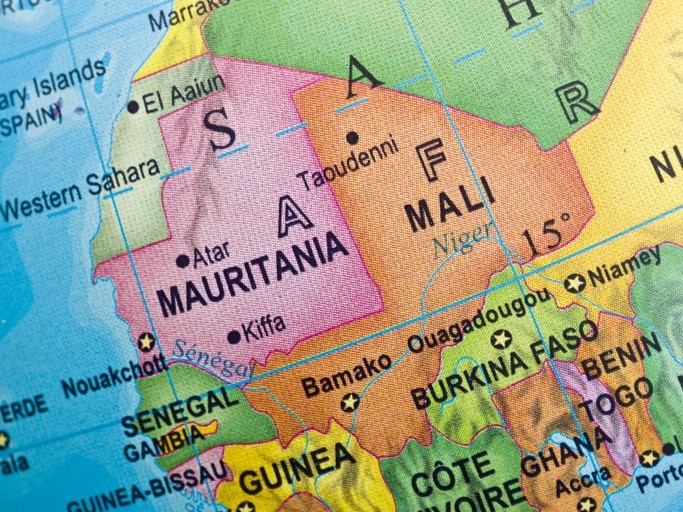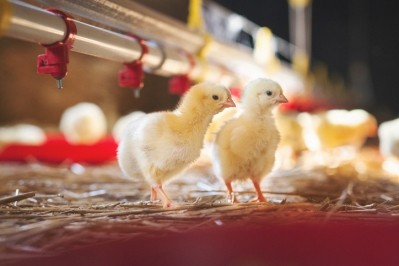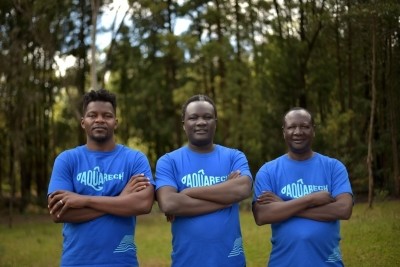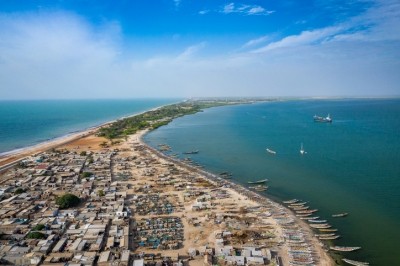Olam Agri expands footprint in West Africa

Established in 2000 by two veterinarians, Avisen has grown to become one of Senegal’s major suppliers of feed; its facility, which is in Rufisque, a city in the Dakar region of western Senegal, produces over 100,000 metric tons (MT) of feed annually.
Olam Agri, a subsidiary of the Olam Group, said the acquisition, which was funded by a combination of existing cash and debt facilities, is expected to be earnings accretive from 2024 onwards.
The move aligns with Olam Agri’s strategy to strengthen its animal feed capabilities in West Africa, with it having made substantial investments in integrated poultry feed and one-day-old chick production in Nigeria.
The Senegalese deal will also generate synergies with Olam Agri’s wheat milling operations in Dakar.
Sharad Gupta, president of the integrated feed and protein business at Olam Agri, says the Singapore headquartered company aims to further improve the quality and cost efficiency of feed in the Senegalese market.
Poultry market challenges
Per capita consumption of chicken in Senegal grew from 3.1kg per capita in 2007 to almost 5kg in 2019 but is still lower than the West Africa average of 14.8kg per capita. About 70% of animal protein consumed in Senegal is marine fish, with an annual consumption of almost 30kg per capita. Typically, chicken is consumed weekly or biweekly as it introduces some variety into the diet, found a report commissioned by the Netherlands Enterprise Agency, RVO.
Over the past decade, the poultry production landscape in Senegal has undergone a significant transformation, marked by a substantial increase in both output volumes and production methodologies, according to that Dutch review.
Presently, the predominant approach involves a highly efficient large-scale agro-industrial model, with many small-scale producers transitioning to broiler production utilizing imported genetics.
The port of Dakar plays a pivotal role in providing competitively priced imported feed ingredients to producers, clustered along the coast and in Thiès, reads that publication.
Meanwhile, Sedima, a major Senegalese producer of chicken and eggs, has expanded its operations to include local hatching egg production, enhancing opportunities for local small-scale producers already leveraging imported supplies. This development has fostered a relatively professional and efficient production model, aligning with global norms in feed conversion rates, noted the authors.
However, some commentators argue that the pace of production development has outstripped the Senegalese market's capacity to absorb the surging quantities of chickens and eggs.
Unlike large industrial producers in other countries, the West African country faces challenges in diverting excess production to processing and the food services sector, given the market's preference for live chicken sales in open markets, with limited refrigeration points. The small food services sector and the unfamiliarity with processed chicken products further intensify competition for market access.
Large producers, despite significant fixed asset investments, grapple with a dearth of market development and outlets for frozen chicken, while smaller farmers contend with prolonged gaps between production cycles and sales due to oversupply.
As with broilers, egg production in Senegal is hampered by a lack of processing market.











